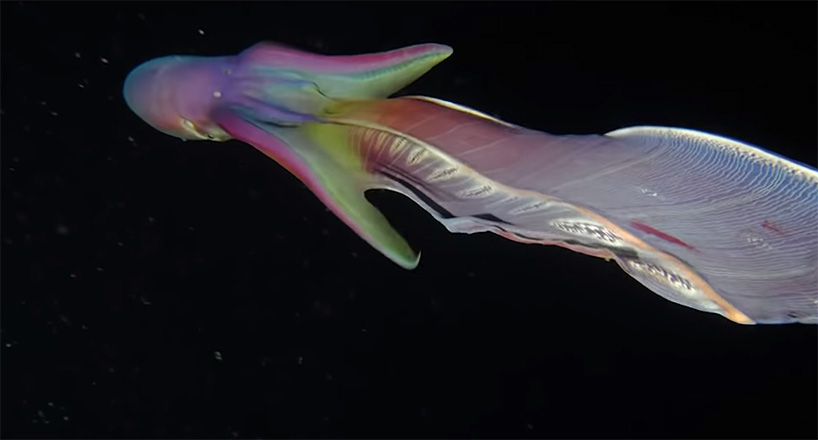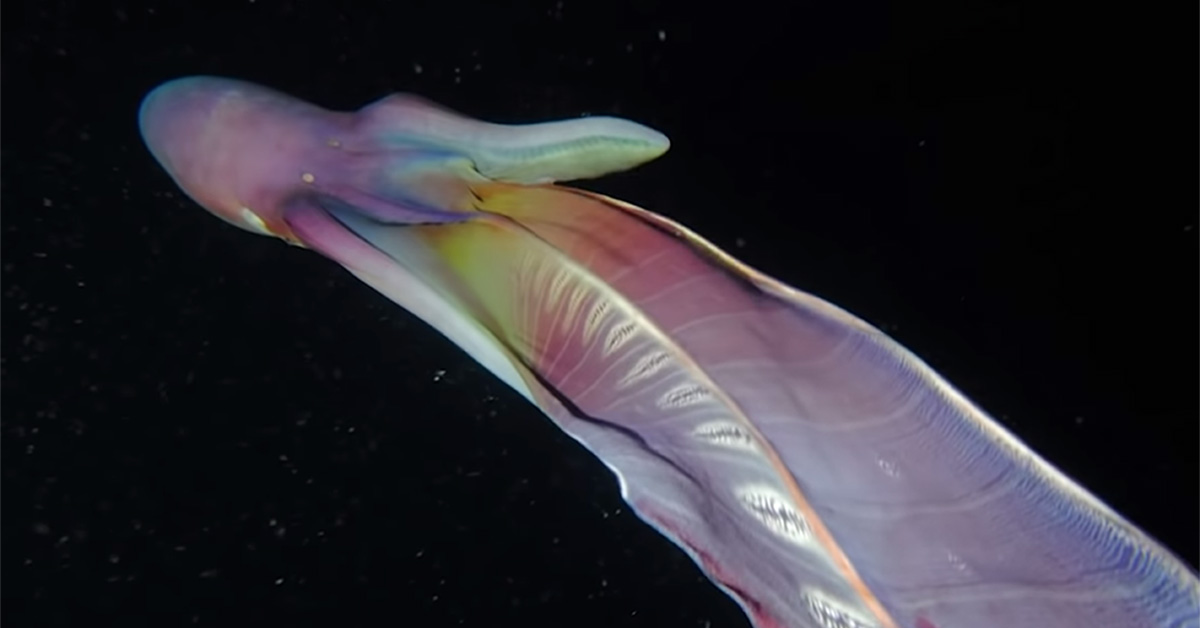
They are always in the open ocean-in the Atlantic and Pacific oceans, as well as in Info-Pacific waters-and so never rest on the seafloor. When threatened, they stretch their arms out, creating a blanket-like silhouette meant to frighten would-be attackers away. The females have a thin, partially see-through. Once you’ve seen a photograph of this stunning cephalopod, you’ll understand how it got its common name.


This genus consists of four identified species: T. Armed and dangerousĪnother unusual aspect of the blanket octopus: It’s immune to the stinging cells of the highly dangerous (to humans at least) jellyfish, the Portuguese man-of-war, which it uses to its advantage by yanking the siphonophore’s tentacles off and brandishing them as weapons against predators.īlanket octopuses get their name from sheets of webbing that stretch between some of their arms. Blanket octopus is the common name for a genus of octopuses known as Tremoctopus. When it’s time, the octopus lays upwards of 100,000 eggs, then retrieves the hectocotylus and spreads the sperm out over the egg bundle. The tiny male detaches its hectocotylus-a modified arm that holds its sperm-and gives it to the female, who keeps it in the mantle cavity until needed for fertilization. Mating happens at arm’s length for the four species of these cephalopods. Why the dramatic disparity? It’s not fully known, but it’s thought that males put their energy into looking for females, not growing. The female can carry 100,000 eggs at the base of her dorsal arm. They spends their entire life in the open ocean and are occasionally seen by deep see divers. Discovered in 1830, the beautifully strange and elusive Blanket Octopus can be found in both subtropical and tropical oceans.

That's one of the largest size differences between males and females-called sexual size dimorphism-in the animal kingdom. The Male Blanket Octopus die shortly after mating. Blanket Octopus An unforgettable sight of a female Blanket Octopus during a blackwater dive. Being nomadic creatures, they move about to different. They can also weigh up to 40,000 times more than males. The blanket octopus is found in both subtropical and tropical oceans, living amongst the coral reefs. What’s so startling is the size difference: Males are about the size of a walnut-less than an inch long-but some females can reach a whopping six feet long. Blanket octopus pairs are some of the undersea world’s oddest couples.


 0 kommentar(er)
0 kommentar(er)
